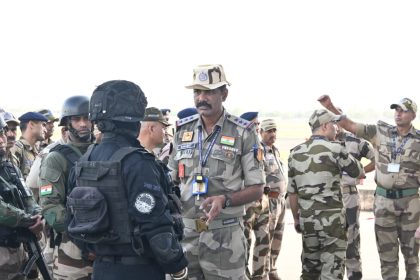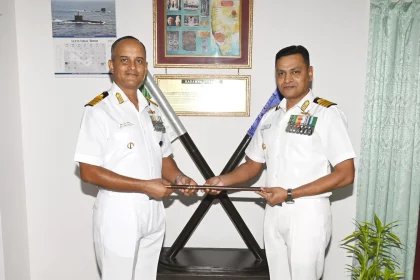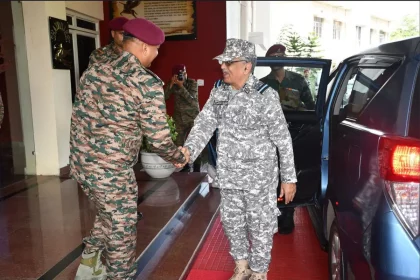CISF, NSG, Delhi Police and Agencies Conduct Massive Anti-Terror Drill at Delhi Airport
The successful execution of this drill reinforces India’s commitment to proactive security.
Rajnath Singh Approves Defence Procurement Manual 2025 to Boost Self-Reliance & Ease of Doing Business
Defence Minister Rajnath Singh has approved the revised Defence Procurement Manual (DPM) 2025, a landmark step aimed at streamlining and…
Captain Amit Kumar Sinha Assumes Command of INS Kadamba in Historic Ceremony
The change-of-command ceremony, attended by naval personnel and marked by traditional military honors.
Indian Army Showcases Technological Innovations at Bathinda Military Station
The "Chetak Corps Ideas & Innovation Competition" at Bathinda Military Station marks a significant step towards transforming the Indian Army.
10 Fearless Lady Officers Set to Conquer the Oceans
10 women officers to sail onboard indigenous Indian Army Sailing Vessel Triveni over next 9 months covering approx. 26,000 nautical…
Joint Military Medical Exercise Showcases Innovation and Readiness Led by DGMS (Air)
The event, attended by representatives from the Indian Army, Navy, and other defence branches.






